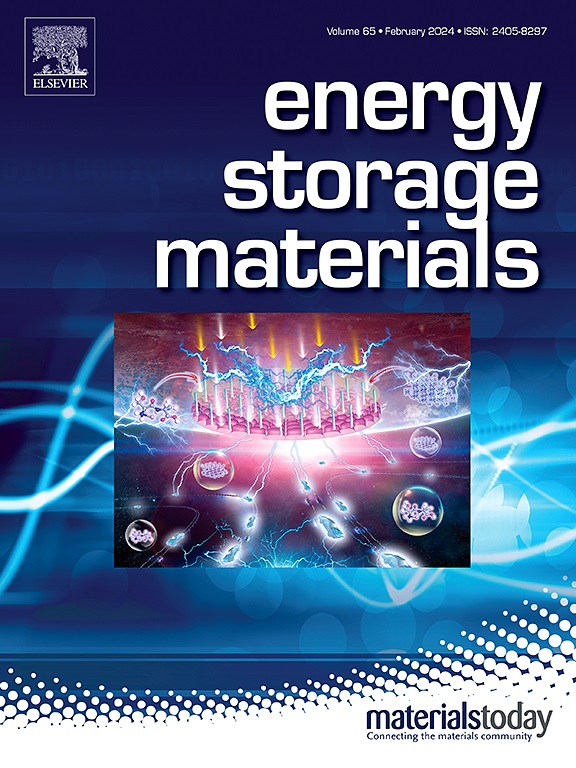Design principles of non-noble metal catalysts for high-performance rechargeable Zn-air batteries
IF 18.9
1区 材料科学
Q1 CHEMISTRY, PHYSICAL
引用次数: 0
Abstract
The sluggish kinetics of the oxygen reduction reaction (ORR) and oxygen evolution reaction (OER) limit the application of Zn-air batteries (ZABs). Consequently, researchers have concentrated on developing high-performance ORR/OER bifunctional electrocatalysts. This review begins by introducing the current research status of ZABs and discussing the fundamental principles underlying ORR and OER. Subsequently, it summarizes the regulatory strategies for catalysts from the perspectives of surface modification and structural design. Furthermore, the latest advances in the mechanisms of oxygen electrocatalysis are presented, integrating theoretical calculations with operando characterization techniques. The review also outlines feasible strategies and principles for enhancing battery efficiency, including the construction of hybrid batteries, the introduction of organic oxidation reactions, and the modification of electrolytes. Finally, the requirements and focal points for the future development of ZABs are highlighted, with the aim of accelerating the popularization and industrialization of high-performance ZABs.


求助全文
约1分钟内获得全文
求助全文
来源期刊

Energy Storage Materials
Materials Science-General Materials Science
CiteScore
33.00
自引率
5.90%
发文量
652
审稿时长
27 days
期刊介绍:
Energy Storage Materials is a global interdisciplinary journal dedicated to sharing scientific and technological advancements in materials and devices for advanced energy storage and related energy conversion, such as in metal-O2 batteries. The journal features comprehensive research articles, including full papers and short communications, as well as authoritative feature articles and reviews by leading experts in the field.
Energy Storage Materials covers a wide range of topics, including the synthesis, fabrication, structure, properties, performance, and technological applications of energy storage materials. Additionally, the journal explores strategies, policies, and developments in the field of energy storage materials and devices for sustainable energy.
Published papers are selected based on their scientific and technological significance, their ability to provide valuable new knowledge, and their relevance to the international research community.
 求助内容:
求助内容: 应助结果提醒方式:
应助结果提醒方式:


